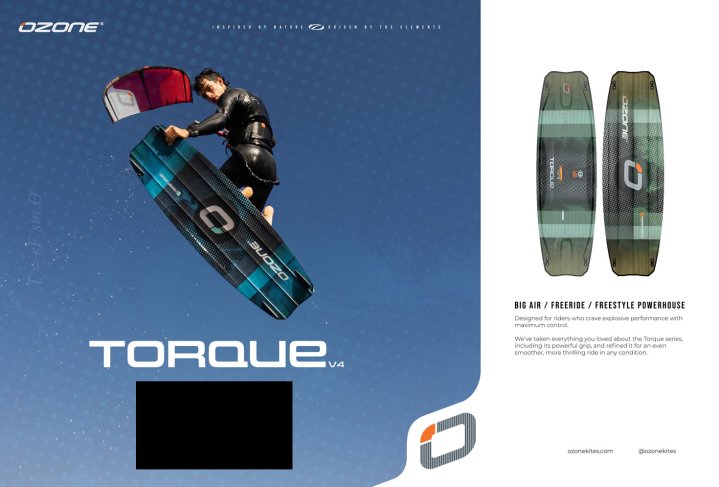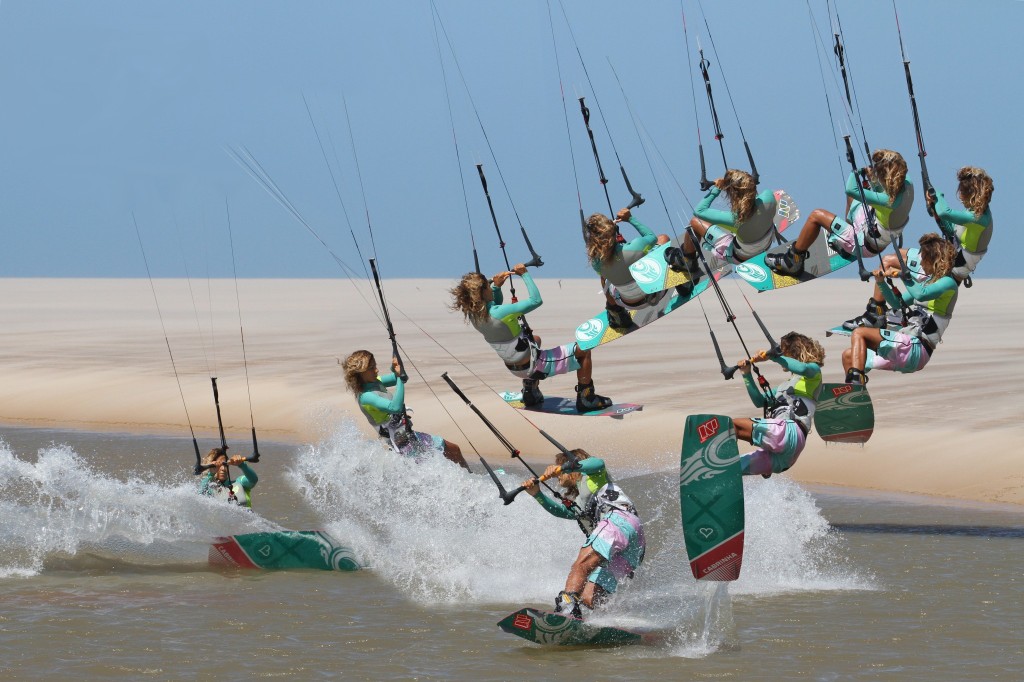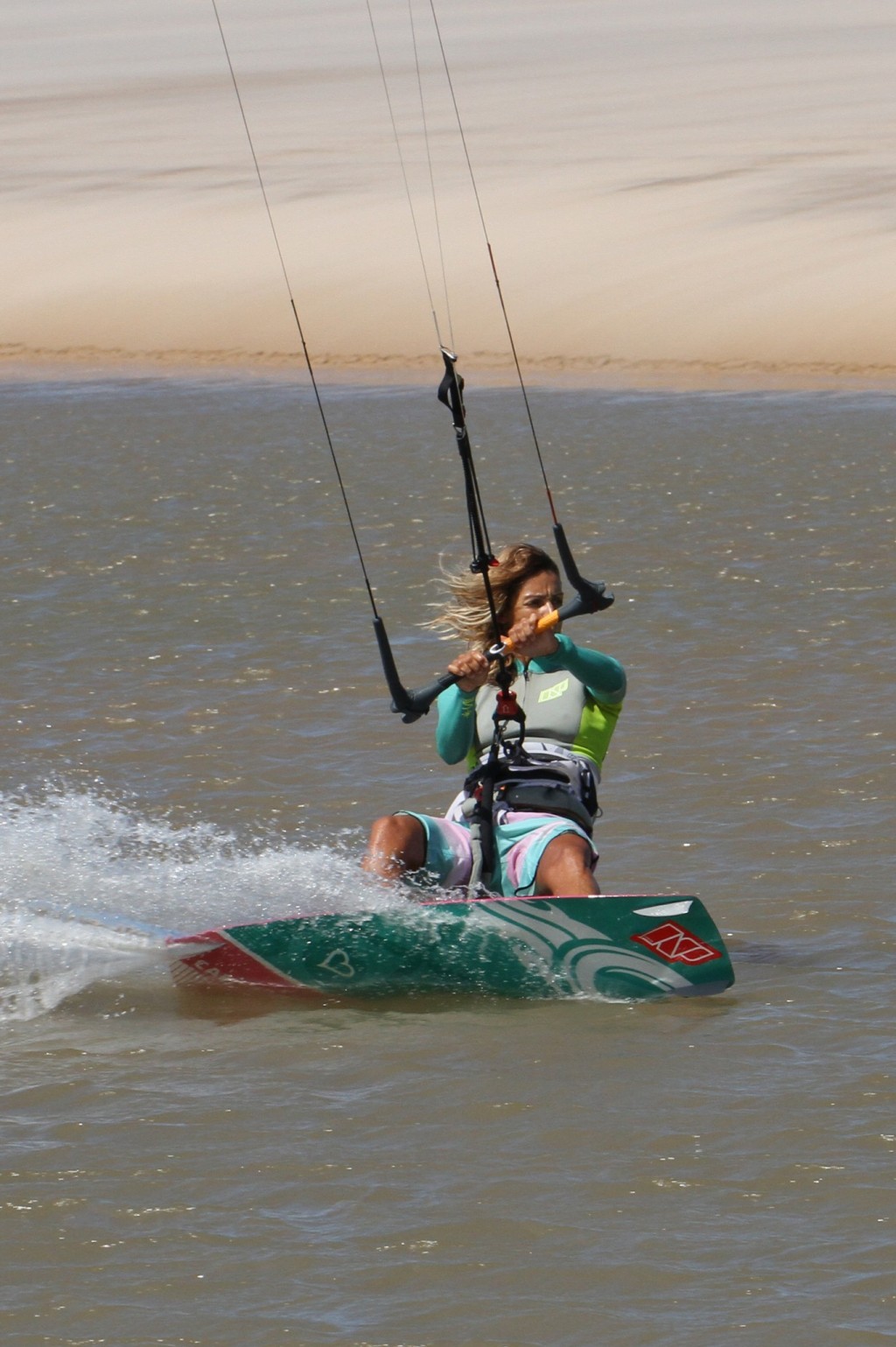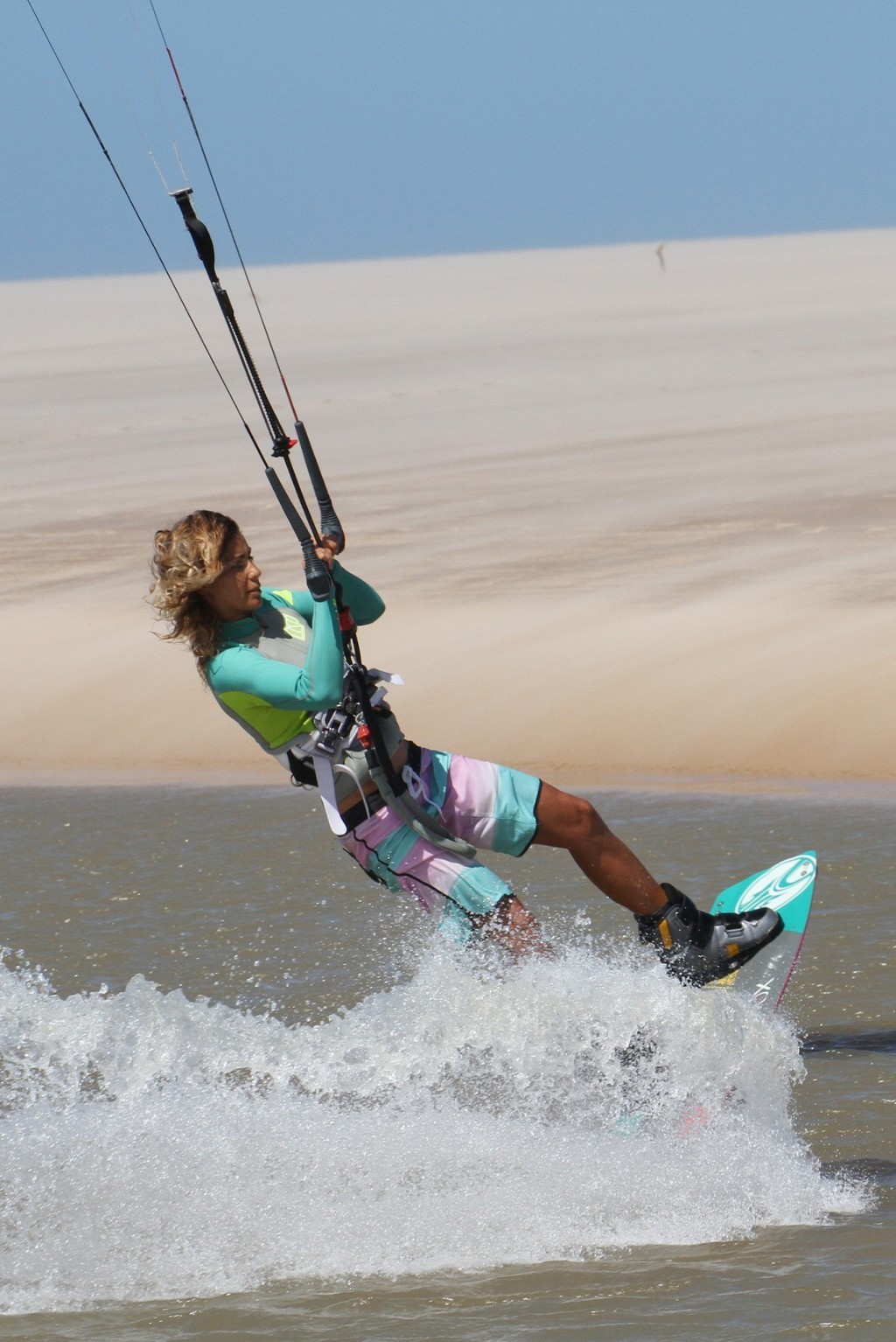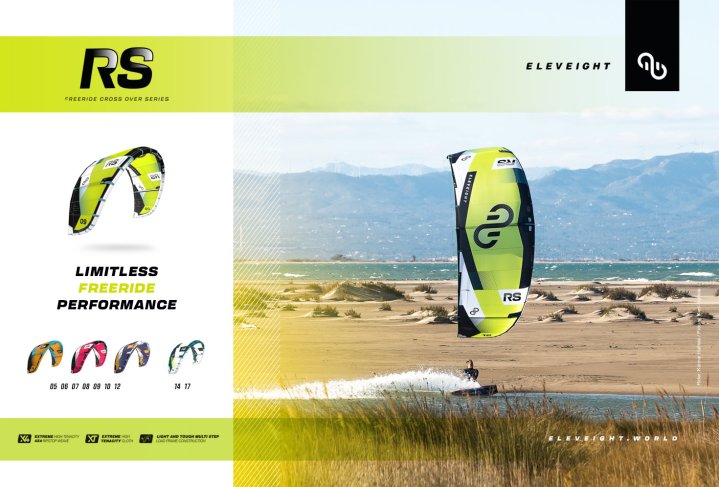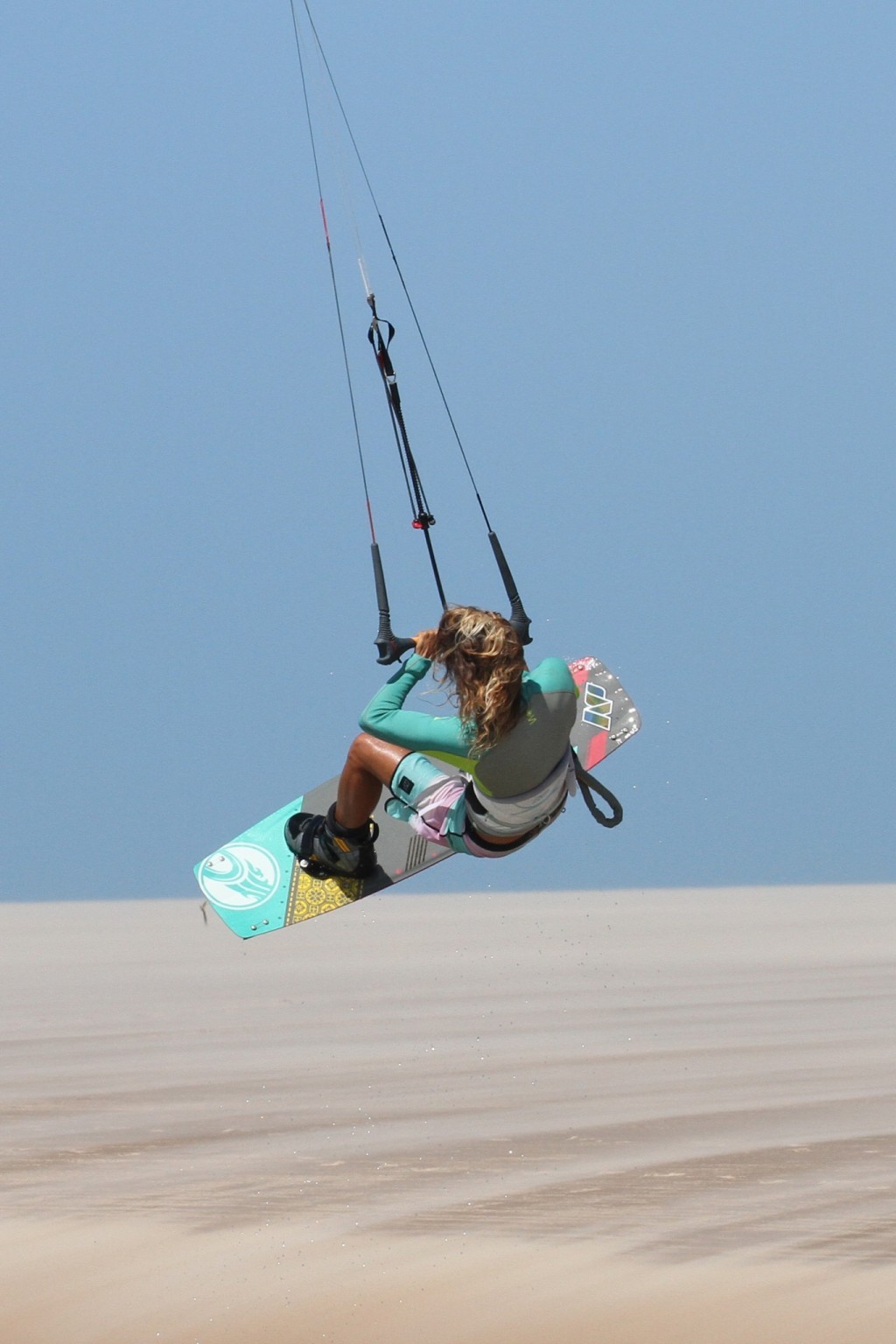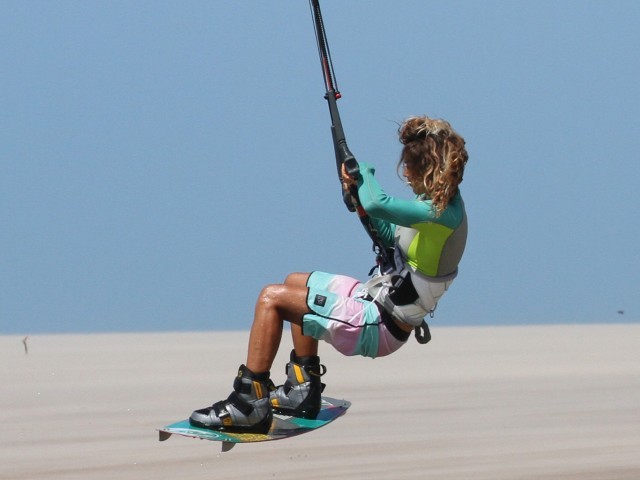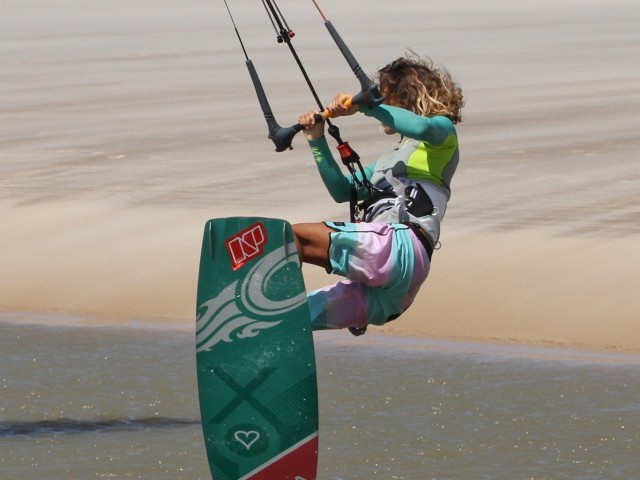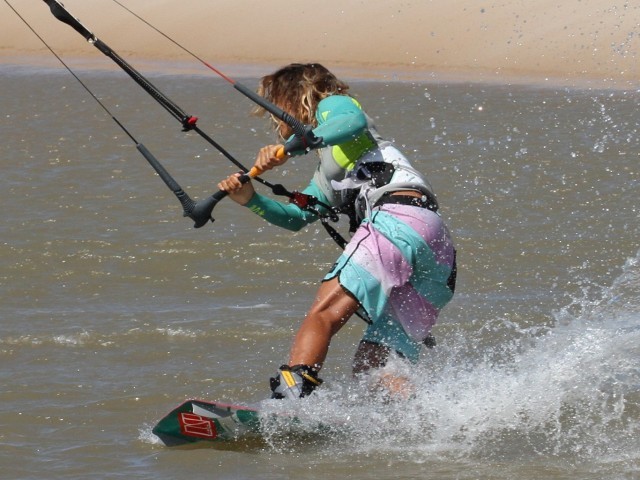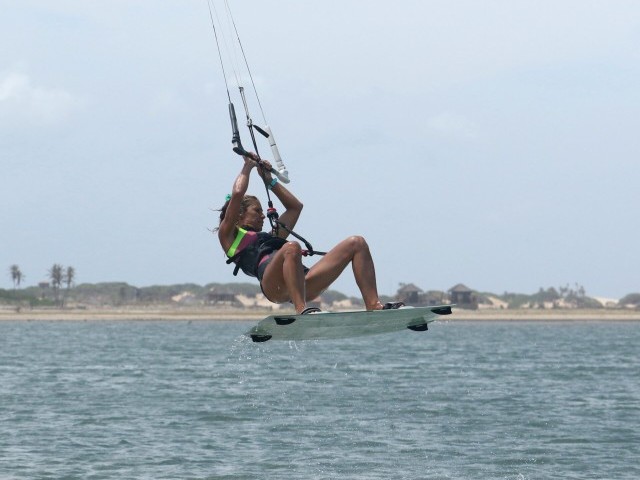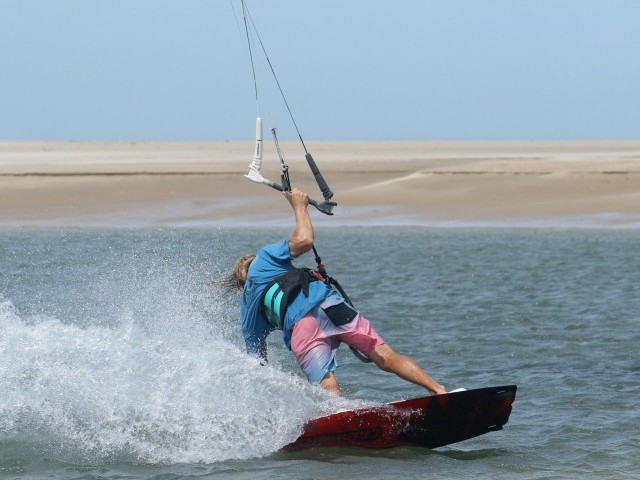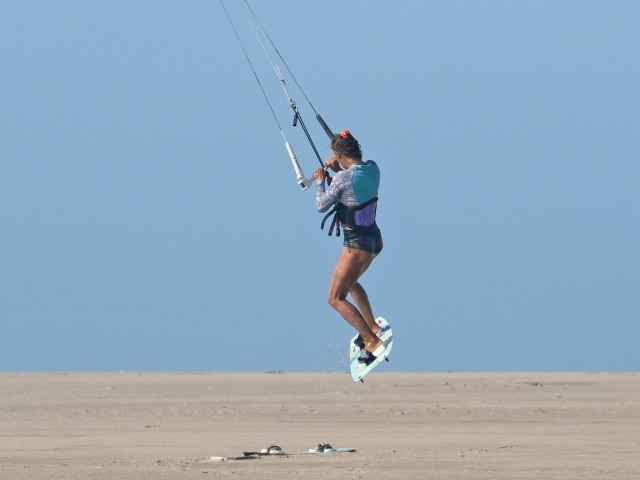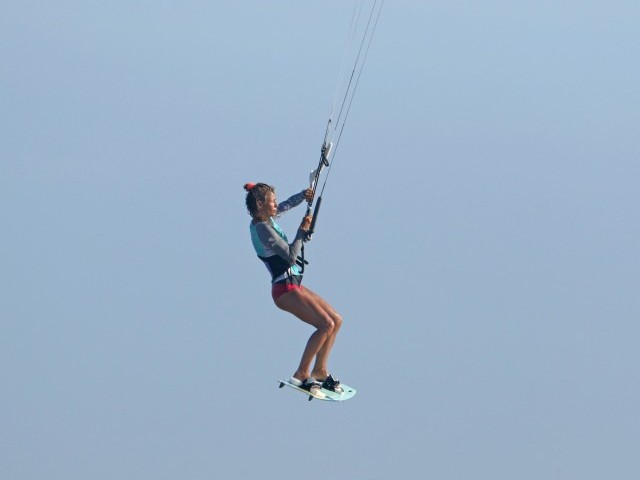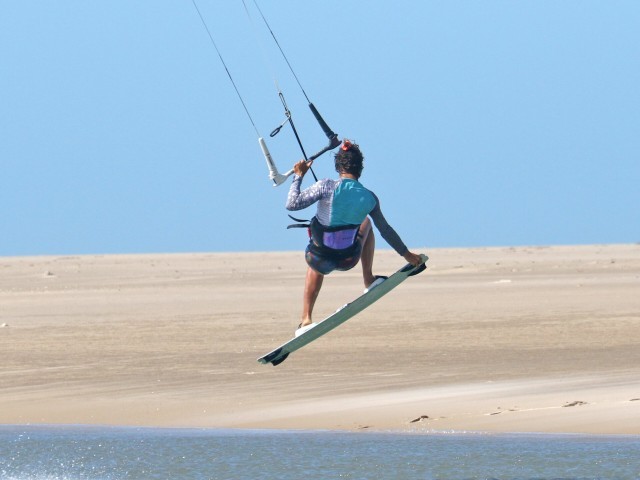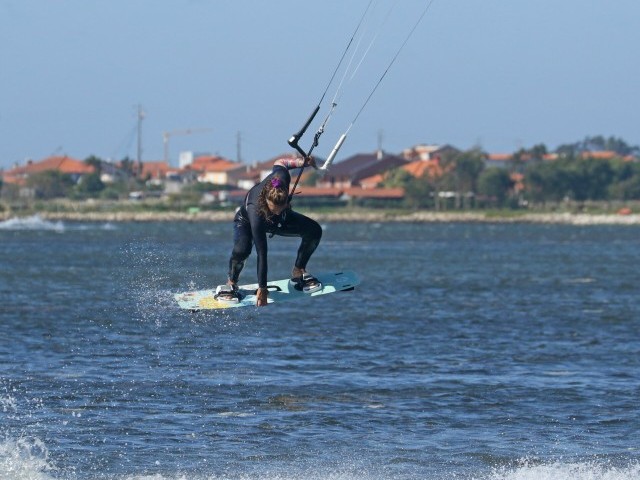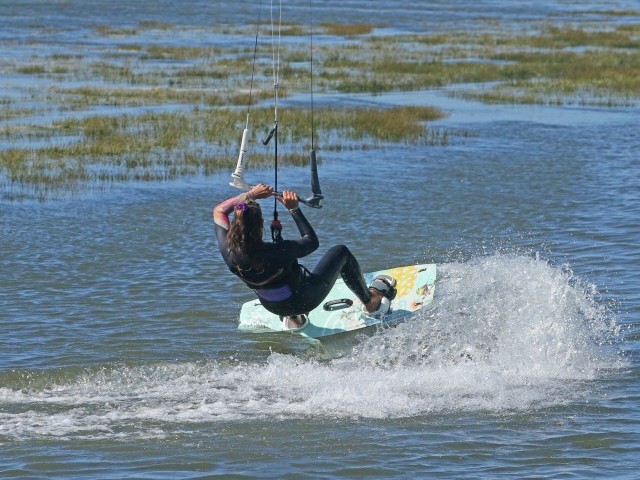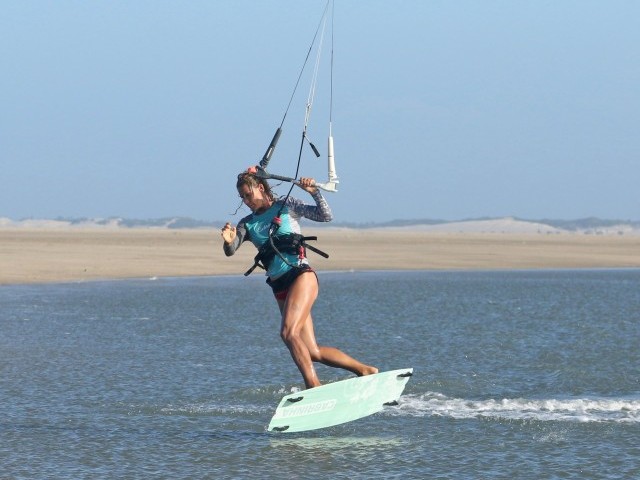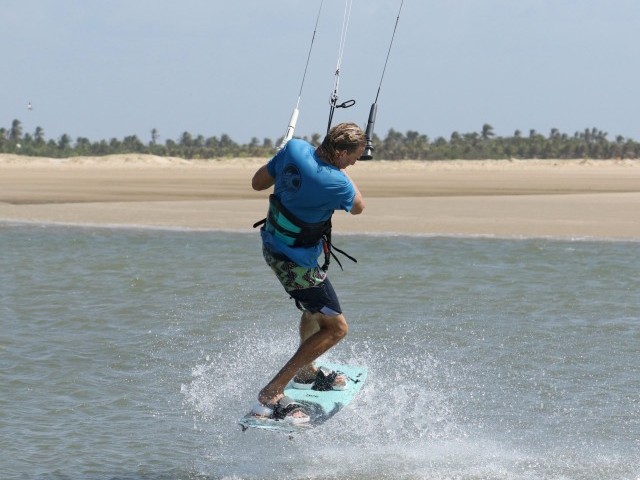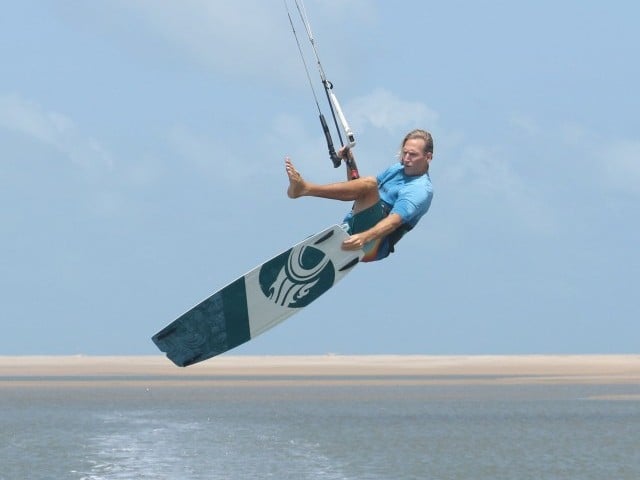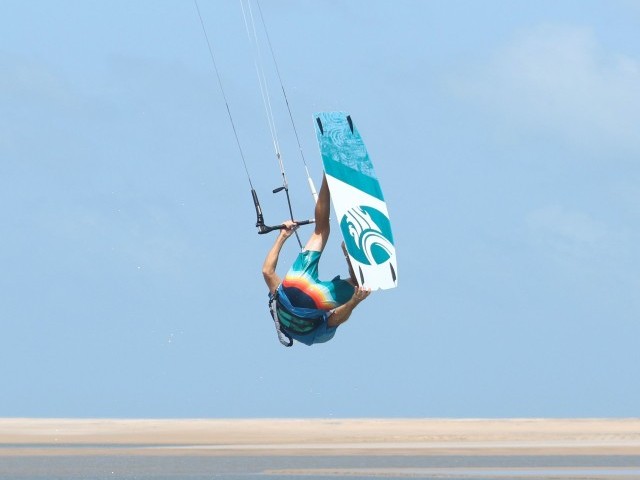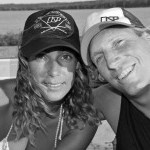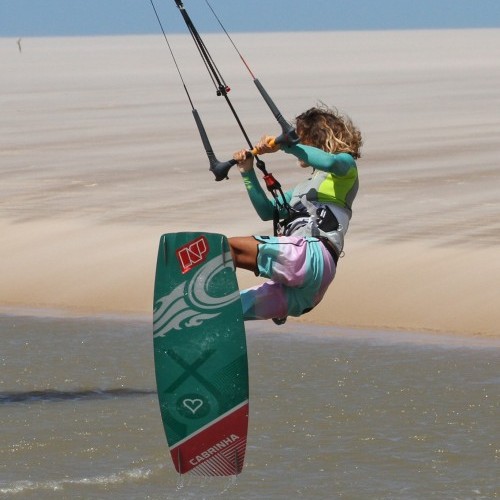
Back Loop Transition to Toeside
Technique / Intermediate
Introduction
Here’s a fun variation on a theme. Everyone loves a BLT (perhaps with a sausage roll chaser) and sticking it to toeside adds an extra dimension. As a move it will force you to control your rotation speed and therefore help you to improve your transitions in general. Having a floaty BLT will be of benefit, but it’s not a must, and we’d suggest landing onto your preferred toeside otherwise you’ll have a lot going on and loads to think about.
As per any transition, your main aims are to scrub off enough speed so that you don’t have forward momentum, control your rotation so that you can land where you want, and keep the kite overhead and under tension so that you can dive it hard to pull you out of the move. Let’s see how best to do these….
The Approach
It all starts here, so best work on this first. You’re aiming for some height with float so that you’ve got time to rotate and then add in the toeside landing. However, you don’t want any forward momentum! The answer to controlling your speed lies in edging hard upwind and not pulling on the bar – as you turn further upwind you slow down. This is all you need to do, however it’s tempting to push the bar right out to dump power and also drift the kite up slowly to slow down. Don’t be tempted, as this will affect your take off and height. To get the height you still need to send your kite up from 11 or 1 o’clock and it needs to move quickly to generate the necessary lift, so it’ll be a short but sharp send up to 12, whilst edging hard upwind. Only send the kite once you’re happy that you’ve slowed sufficiently. You can see in the photo that Karine is edging hard upwind, twisting and looking, whilst sending the kite with meaning, but for a short time, with the bar on the sweet spot. Her aim is to get a lot of up and not too much travel forward or downwind.
The Take Off
Your take off will determine both the height you gain and the speed of your rotation. Just like a sweet BLT, your effort should be focused on going up and not on spinning around. Carving into wind should be enough to start your rotation and keep it slow, so keep your head looking forwards, don’t be tempted to throw it over your shoulder. Following your short, sharp send you should stamp up off your back foot, extending through your entire body for maximum up. As you do this level the bar and squeeze it in. Looking at the pic you can see that Karine’s head is looking forwards, she’s extended up, her bar is in on the sweet spot and levelled to stop the kite at 12 o’clock. If you feel that the kite has moved too far and is past 12, give the bar a quick pull with your original front hand to bring it back above you.
The Float
Once you’re airborne you need to get balanced, keep tension on the lines and rotate slowly around. Karine brings her knees up, which puts her in a compact yet dynamic position with the bar in close. With tension on the lines she not only keeps power and therefore float in the kite, but it’s easier for her to keep and feel the kite above her at 12 o’clock. In this position the kite is ready and quick to respond to any alterations that she may make. Karine keeps her head still, looking forward between her shoulders, which helps maintain the slow back loop that she initiated on take off by carving up.
Prepare for Landing
With her head, body and kite in this position Karine waits until she can see where she wants to land, which will be downwind. Until she spots her landing Karine keeps still, wait, wait and wait some more. Once Karine spots her landing she must wait until she feels that she’s descending, then it’s time to dive the kite hard, straight down through the window, so she gives the bar a hefty pull on her new front hand and a push on the new back hand. As the power comes on it’s important to keep the bar in on the sweet spot so that the power pulls you downwind.
Toeside
As the kite pulls you downwind you must get yourself into a toeside position so that you’re ready for landing. This is where landing on your favourite toeside helps, as your body will undoubtedly be happy to comply. Just as you would for any form of toeside landing, bring your back knee through, up and over as you turn your head and upper body to face across towards the new direction of travel. Karine is bringing her left leg up and through, whilst diving the kite and looking at where she intends to land.
The Landing
Aim to land tail first and be ready to carve onto your toes so that you will keep enough tension in your lines in order that you can pull the kite up out of its dive. Look where you want to go and get both knees, your hips and your upper body committed upwind as soon as you can and make sure that your hips move forward to trim the board so that you can accelerate out and not bog the tail. Having just landed Karine is already in a solid toeside position, heading upwind and in control of the kite.
Top Tips
A slow rotation is everything, so concentrate on a few slow back loops or BLTs before adding the toeside. You can use your pop up into the move to brake and kill off any excess speed that you may have. And diving the kite hard will always make the landing easier to stick.
Have a good look at the sequence and videos to see it in full swing.
Common Problems
If you find that the kite always moves too far during the move, the chances are that you are not sending it aggressively enough, and instead just drifting it up as you carve into the wind. To combat this make a point of parking it at 11 or 1 and only moving it with a committed bar movement once you have slowed.
If you are rotating too quickly it will be difficult to effectively change the direction of the board and land toeside. Slow back loops are a fundamental move to many tricks and under doing it is key. Use your carve and pop to get around, but don’t throw your head and shoulders into this move.
Keystones
- Park kite and slow down.
- Send hard, but short.
- Pop up hard and extend.
- Keep head neutral.
- Spot landing, dive hard and bring back knee up and through.
This technique article was in Issue 51 of IKSURFMAG.
Related
By Christian and Karine
Christian and Karine have been working together as a coaching team, running improver to advanced kitesurfing clinics since 2003.





